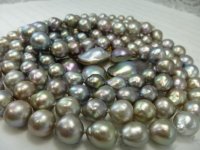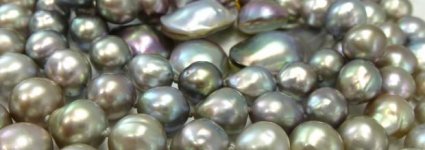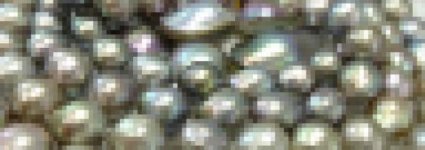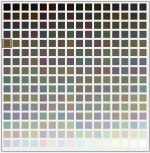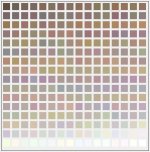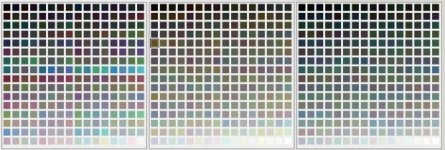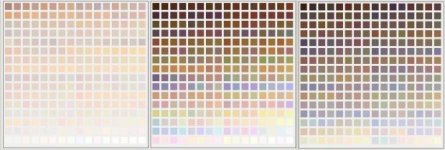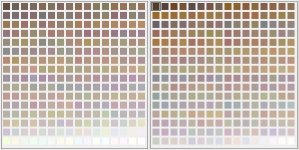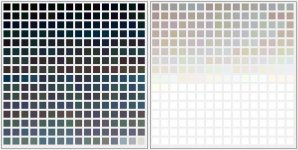lisa c
Perpetual Pearl Student
Morning again, Dave - got a question. Did you sample the Sea of Cortez pearls as well as the shell, and do they both have the exact same pallette?
And I forgot to say " Congrats!", you Pearly Savants! Applause!
And I forgot to say " Congrats!", you Pearly Savants! Applause!
Last edited:

